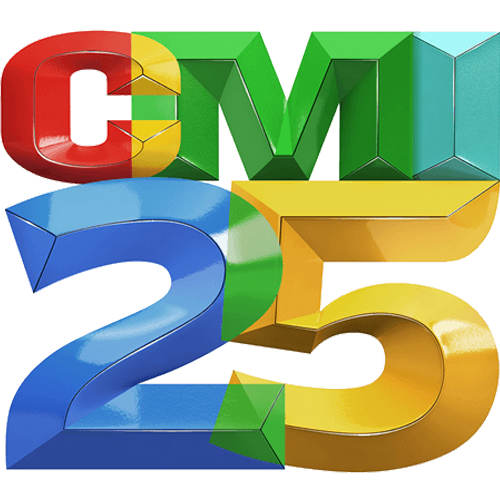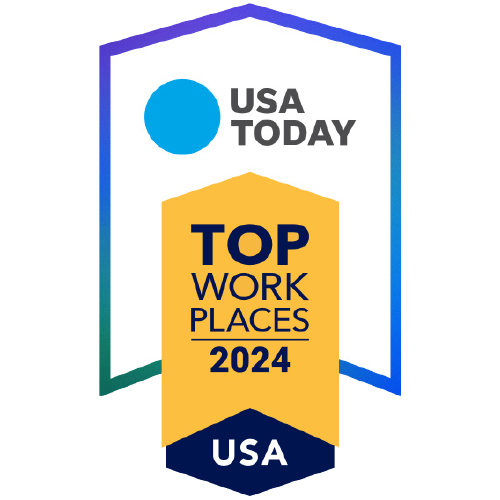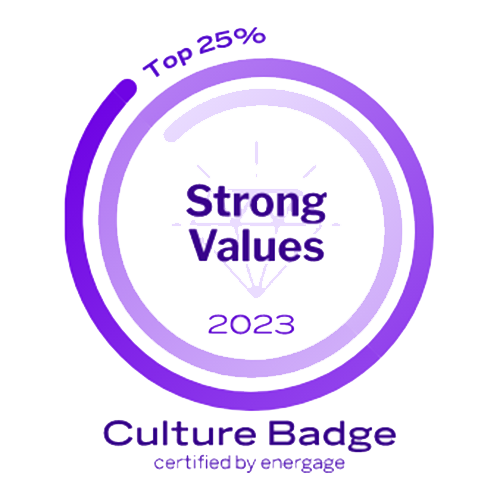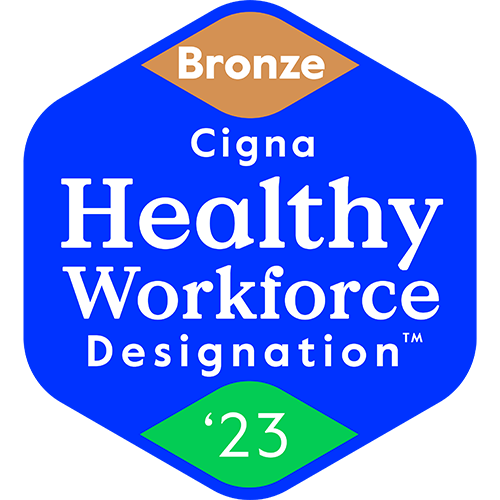If there’s any industry that truly understands the value of face-to-face gatherings, it’s pharma. The wide-reaching world of pharmaceuticals is known for hosting countless events and conferences throughout the lifecycle of a drug, from the research, development, and manufacturing stages all the way through the commercialization stage.
What’s more, notes consulting firm McKinsey, many pharma companies are currently putting a renewed emphasis on operations strategy due to workforce changes, talent shortages, supply chain disruptions, and new advances in digital technology. This likely means an even bigger need for recruiting and training—and even more meetings in an already event-heavy industry.
While each type of pharma meeting has its own nuances, there are some general best practices to ensure your attendees are getting the most out of their time on site. Here are our tips for how to maximize your pharma conference in this busy new landscape.
1. Make it Easy on Attendees
Pharma conference attendees are busy, whether they’re in-demand healthcare professionals or sales team applicants juggling multiple interviews. If the logistics of the event are complicated or confusing, that’s undoubtedly the thing they’ll remember most—no matter how innovative the drug is or how strong the presentation is.
Consider this when choosing your meeting location. For hiring events—where pharma companies are looking to hire hundreds of sales team employees in a short time period—we often advise hosting meetings at airport hotel meeting rooms, which provides easy access for out-of-town interviewees. For investigator meetings, meanwhile—where healthcare professionals learn why they should participate in the clinical trials—the focus may be on more memorable, white-glove service, where guests are treated like V.I.P.s and have all their logistics handled for them.
Regardless of the audience, keeping things like transportation and accommodations streamlined helps attendees focus more on the things that matter: the content and interactions that will best promote your company and product.
2. Leverage Technology
In the pharma industry, there are a lot of events that move and change quickly—so flexibility and organization are key. Consider using technology to create custom event apps, where attendees can access regularly updated schedules, connect with other attendees, and quickly get more information on the drug and your company.
Technology can also streamline things like ticketing and registration, which cuts down on long lines and reduces the amount of staffers needed, and can be an important factor in accessibility, where live interpretation options can accommodate international attendees or those with hearing or seeing difficulties. For bigger budgets, cutting-edge tech like AI can help facilitate networking, or AR and VR can showcase a drug’s capabilities in innovative, memorable ways.
3. Think of All the Different Ways to Distribute Content
It’s crucial to start by identifying your event’s why. Is your pharma conference mainly about content dissemination? Maybe virtual, which requires less time and investment from your attendees, is a good option. Or is it more like a national sales meeting, where the culture-building, motivation, and connections that come in-person are crucial?
However it’s held, consider having on-demand content that guests can consume in their own time. Can recorded presentations and other content be uploaded, so healthcare professionals or sales team members can read or watch it as often as necessary? Can content be distributed before the meeting even happens, so attendees can read up in advance and be prepared to get the most out of their on-site conversations?
4. Reserve Your On-Site Time for Interaction & Networking
If content is distributed in different ways, that frees up time on-site for the things that undoubtedly work best in-person: real connections and unique, memorable experiences. According to American Express’s 2023 Global Meetings and Events Forecast, 87% of meetings are expected to have an in-person component in 2023—which is 6% higher than last year’s predictions. What’s more, according to a recent report from Skift Meetings, today’s attendees have an increased interest in networking and breakout sessions, rather than the content or keynotes they could have consumed virtually.
In the pharma industry, face-to-face can also be an important way to enhance partnerships and collaboration—which, according to software company Avenga, will be more important than ever this year.
5. Make it Engaging & Fun
Regardless of whether it’s a sales training meeting, a pharma congress, or a splashy launch event, any face-to-face gathering should have an element of fun. Pharma and healthcare professionals are more likely to attend and stay interested in an event that’s held in an interesting location, or that has great speakers or interactive activities. Hand out branded swag that gives a glimpse at your company’s culture, and focus on motivating and energizing attendees with a unique experience.
For pharma congresses, which give companies a platform to showcase their drug among industry peers, an eye-catching booth that stands can also be key. Draw people in via a display that utilizes digital signage, bright colors, or interactive experiences. But importantly, make sure your on-site team is well-trained, engaging, and informed. Prioritize information delivery above all else—but consider if it can be done in a way that gets healthcare professionals to notice you from across a busy show floor. Ultimately, that mix of information and engagement is going to be what leaves a lasting impression.
6. Pay Attention to When—and How—Your Attendees Will Learn Best
Many pharma conferences last multiple days or even a week—and it’s important to keep attendees motivated and interested the whole time. That’s particularly challenging coming off a couple years of reduced events, where attendees’ stamina may not be as strong as it was.
Our suggestion? Lean into experiential learning concepts like role-playing sessions, trivia contests, and gamified learning experiences. Not only will these help attendees retain content, it can also bring the drug and its patients to life in meaningful ways. Study up on adult learning principles, which say that adults learn best when they’re in a more informal, collaborative environment where they can quickly put the ideas into practice.
Also, don’t neglect attendees’ health and wellness. The American Express forecast, for example, advises against packing schedules with activities from early morning to late evening. Your attendees may be out of practice with long event days, so consider building in time for physical and mental wellness sessions—or even just a chance for them to sit quietly and catch up on their emails, or go back to their hotel rooms to unwind.
Reach out for more ideas on planning your Pharma Conference agenda.











